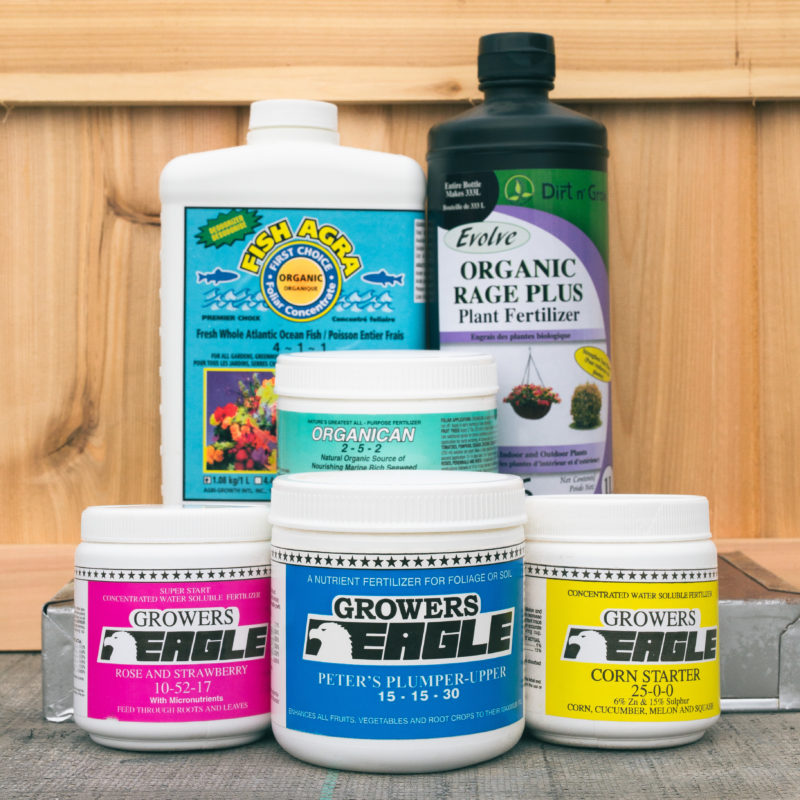- Home
- Planting Instructions
-
Shop Now
SETS AND BULBS Currently unavailable. Check back in the fall.
SEEDS
SHRUBS
TREES & VINES Currently unavailable. Check back in the fall.GARDEN
ACCESSORIES AND KITSGROW & GATHER
- Catalogue
- My Account
- Customer Service
- Hiring





